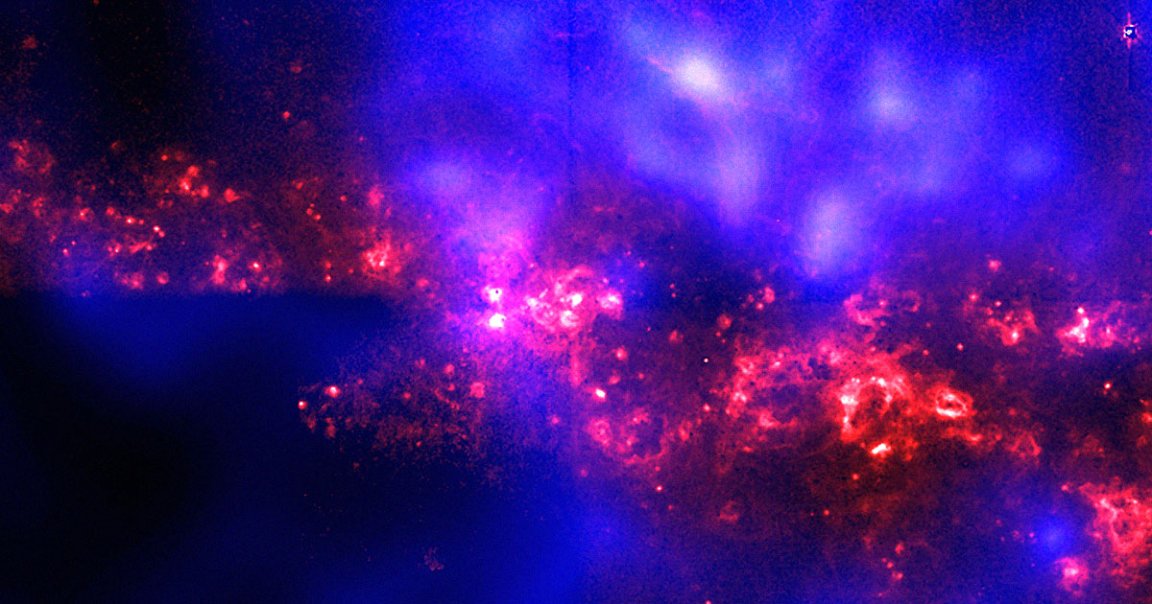
The BOAT
In October, scientists were stunned by the detection of the brightest gamma ray burst, intense explosions observed in distant galaxies, known to man.
Dazzled by its striking flash, scientists aptly dubbed it the BOAT: the brightest of all time. And now, observatories around the globe have followed up with some tantalizing insights into the burst and its potential — yet mysterious — origins.
“GRB 221009A was likely the brightest burst at X-ray and gamma-ray energies to occur since human civilization began,” said Eric Burns, an astrophysicist at Louisiana State University, in a NASA statement.
In fact, the BOAT was so bright that it effectively flashbanged most gamma ray instruments in space, including NASA’s Fermi Gamma-ray Space telescope — an awe-inspiring testament to the power of these explosions that are considered the most energetic in the entire cosmos.
Global Effort
Technically speaking, the gamma ray burst was a little too powerful for us puny humans to behold, as our instruments couldn’t directly observe it. But resourceful astronomers persevered, reconstructing whatever data was available from Fermi and comparing it to what other observatories across the globe pieced together.
All in all, they were able to cement the BOAT’s incredible power, proving that it was 70 times brighter than any gamma ray burst that came before it.
“The difference between your typical gamma-ray burst and this one is about the same as the difference between the light bulb in your living room and the lit-up floodlights in a sports stadium,” said Andrew Levan, an astronomer from Radbound University in the Netherlands who used the James Webb and Hubble space telescopes to observe the GRB, in an ESA release.
The astronomers also determined that the burst traveled for some 1.9 billion years. Because its initial flash lasted more than two seconds, that puts it as the closest “long” GRB we’ve ever detected, too.
Fade to Black (Hole)
Despite these discoveries, its origins remain somewhat shrouded in mystery — or, perhaps, literally shrouded in a black hole.
As of now, astronomers can’t definitively say what’s behind the explosion. When Levan and his team looked at the aftermath of the explosion, they found nothing, almost as if its source had disappeared into the vacuum of space.
“That’s weird, and it’s not totally obvious what it means,” Levan said in the ESA statement.
Gamma ray bursts are thought to occur after stars go supernova and collapse into black holes. In the aftermath, astronomers should be able to see a gaseous nebula that forms weeks later called a supernova remnant — but that day never came.
“We plan to keep looking,” Levan said in the NASA release, “but it’s possible the entire star collapsed straight into the black hole instead of exploding.”
More on space: NASA Intrigued by Asteroid That Seems to Be Shooting Rocks Into Space